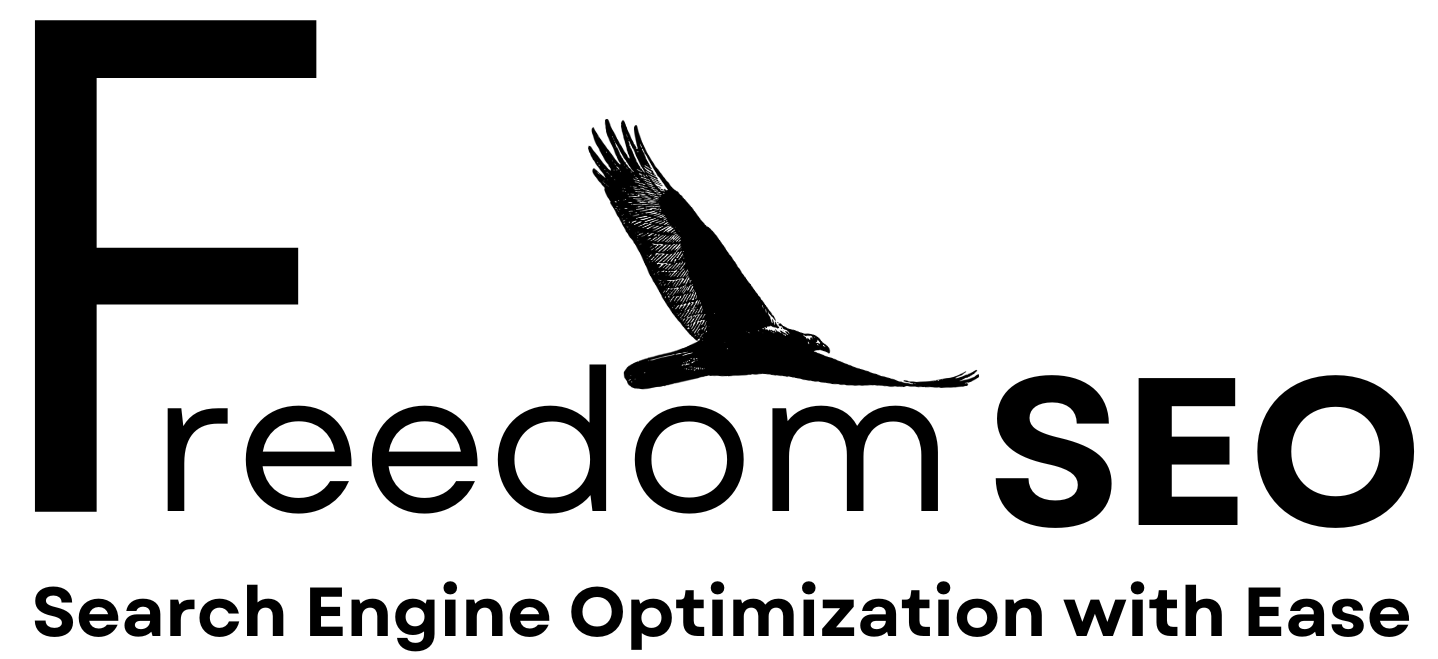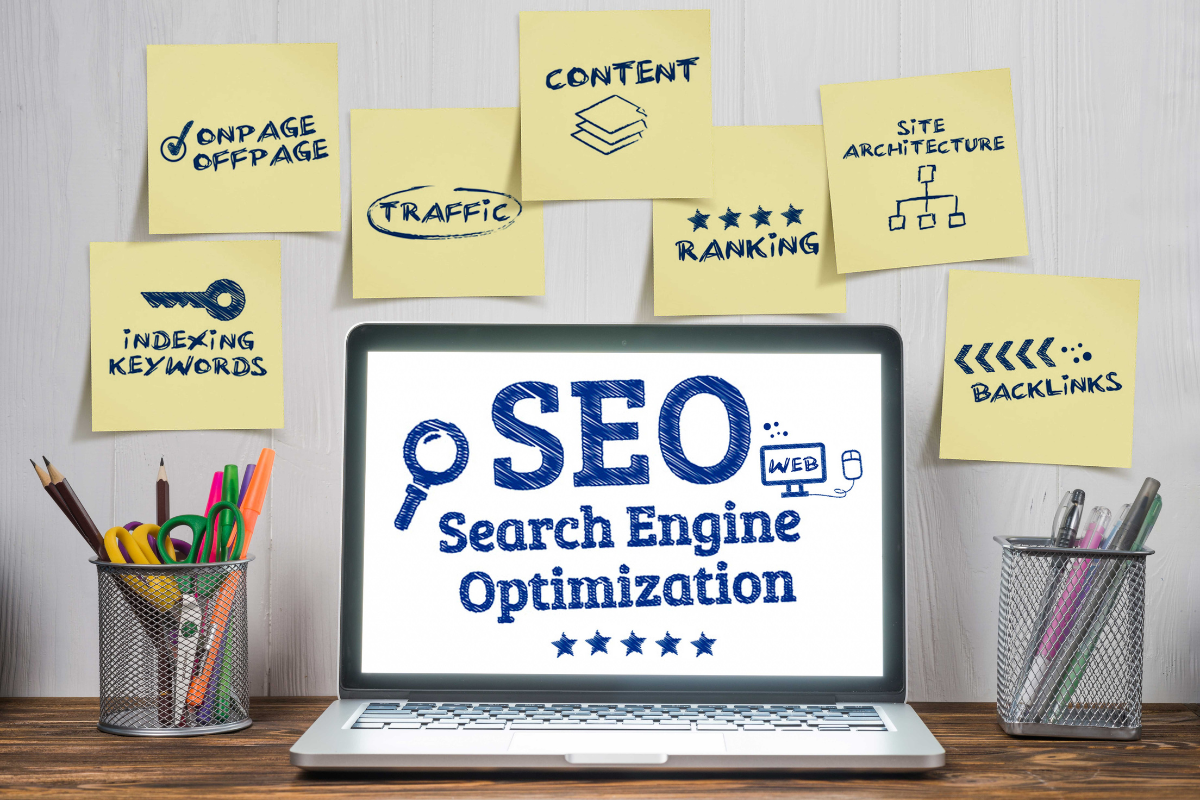Understanding Why Branding Matters for Business Growth

Branding is what makes a company truly unforgettable, turning everyday products into household names. Yet most people still believe branding ends with just a logo or a catchy slogan. Shockingly, visual design only accounts for part of the process, and studies show that 92 percent of brand image perception depends on strategic choices like logo shape and colour . The real power of branding lies in creating that lasting emotional spark that keeps customers coming back and forms real loyalty.
Table of Contents
Quick Summary
| Takeaway | Explanation |
|---|---|
| Branding creates emotional connections. | Effective branding transforms customers into advocates, fostering a deeper loyalty beyond mere transactions. |
| Strategic branding differentiates your business. | A powerful brand identity helps communicate unique value and stand out in crowded markets. |
| Consistency builds trust and reliability. | Maintaining consistent messaging and quality leads to strong brand credibility and customer trust. |
| Authenticity attracts loyal customers. | A genuine brand identity that aligns with core values resonates more deeply with target audiences, enhancing relationships. |
What is Branding and Its Core Elements?
Branding represents the comprehensive strategy that transforms a business from a simple service or product provider into a memorable, distinctive entity with unique emotional and functional value. Beyond just a logo or visual design, branding encompasses the holistic perception customers develop about your organization.
Below is a table summarizing the core components of brand identity to help clarify how each element contributes to an organisation’s overall brand perception.
| Component | Description | Example |
|---|---|---|
| Visual Elements | Graphic aspects communicating brand personality and recognition | Logo, colour palette, typography, design style |
| Verbal Communication | How a brand speaks through consistent tone and messaging | Taglines, mission statement, website copy |
| Experiential Components | The lived customer interaction shaping brand reputation | Customer service quality, in-store or online experience |
| Organisational Values | The core beliefs reflected in brand promises | Reliability, innovation, customer focus |
| Emotional Connection | The feelings the brand evokes in its audience | Trust, belonging, excitement |
Understanding Brand Identity
A brand is fundamentally about creating a consistent, recognizable image that communicates your business’s core values, personality, and promise. According to University of North Carolina’s School of Education , a brand extends far beyond graphic elements - it shapes how audiences perceive and connect with an organization.
The core components of a powerful brand identity include:
- Visual Elements : Logo, color palette, typography, design style
- Verbal Communication : Tone of voice, messaging, taglines
- Experiential Components : Customer interactions, service quality, brand experience
Strategic Brand Development
Developing a robust brand requires strategic thinking and intentional design. Businesses must craft a narrative that resonates with their target audience, differentiating themselves in competitive markets. Read more about strategic branding for small businesses to understand how thoughtful brand development can transform your business perception.
Successful brands create a memorable emotional connection that transcends transactional relationships. They communicate not just what products or services they offer, but why they exist and what unique value they provide to customers. This deeper connection transforms casual customers into loyal brand advocates who feel personally aligned with the organization’s mission and values.
The Importance of Branding in Today’s Market
In an increasingly competitive business landscape, branding has evolved from a mere marketing tactic to a critical strategic necessity. Companies that understand and leverage powerful branding can differentiate themselves, build customer loyalty, and create sustainable competitive advantages.
Competitive Differentiation
Branding serves as the primary mechanism through which businesses communicate their unique value proposition. According to Forbes , companies with strong, consistent branding are 20% more likely to stand out in crowded markets. This differentiation becomes crucial when customers are bombarded with countless options and have increasingly shorter attention spans.
Key competitive advantages of strategic branding include:

- Establishing a memorable market presence
- Creating emotional connections with customers
- Reducing perceived purchase risk
- Commanding premium pricing
Building Customer Trust and Loyalty
A well-crafted brand goes beyond visual aesthetics. It represents a promise of consistent quality, reliability, and experience. Learn more about developing trust through branding strategies to understand how businesses can transform casual interactions into long-term relationships.
Customers gravitate towards brands that demonstrate authenticity and reliability . When a brand consistently delivers on its promises, it builds credibility and transforms transactional relationships into loyal partnerships. This loyalty translates directly into reduced customer acquisition costs and increased lifetime customer value, providing a significant competitive edge in today’s dynamic market environment.
This table organises research-backed statistics and data points from the article to provide a snapshot of branding’s measurable impact on customer perception and competitive advantage.
| Statistic / Finding | Source / Context |
|---|---|
| 92% of brand image perception is based on strategic visuals | Journal of Business on Hospitality and Tourism research |
| Companies with strong, consistent branding are 20% more likely to stand out | Forbes agency council article on branding in a digital world |
| Strong branding can allow businesses to command premium pricing | Stated as a key advantage in several research discussions in the article |
| Consistent branding reduces customer acquisition cost | Explained under customer loyalty and retention in the article |
| Well-crafted branding increases lifetime customer value | Cited as a result of trust and loyalty through branding |
How Branding Influences Customer Perception
Customer perception represents the complex psychological process through which individuals interpret, understand, and form opinions about a business based on their cumulative experiences, interactions, and emotional responses. Branding plays a pivotal role in deliberately shaping these perceptions, guiding how customers think and feel about an organization.
Psychological Triggers in Brand Perception
Brands function as powerful psychological triggers that communicate far more than just visual aesthetics. According to research from the Journal of Business on Hospitality and Tourism , logo design elements like shapes and colors can influence brand image perception by over 92%, demonstrating how strategic visual choices create profound emotional connections.
Key psychological mechanisms through which branding influences perception include:
- Creating instant emotional associations
- Establishing expectations about product quality
- Signaling organizational values and personality
- Reducing cognitive uncertainty about purchasing decisions
Building Credibility Through Consistent Messaging
Consistent brand messaging transforms abstract perceptions into tangible trust. Explore strategic approaches to building brand credibility to understand how businesses can systematically craft compelling narratives.
Successful brands understand that perception is reality . By meticulously managing every customer touchpoint - from visual design to communication tone - organizations can proactively shape how they are perceived. This deliberate approach allows businesses to move beyond mere product functionality and create meaningful, emotionally resonant connections that transcend traditional transactional relationships.
The Role of Branding in Competitive Advantage
In today’s hypercompetitive business environment, branding has transformed from a peripheral marketing activity into a critical strategic tool for sustainable competitive differentiation. Companies that strategically leverage their brand can establish unique market positions that transcend traditional product or service comparisons.
Strategic Differentiation Through Brand Identity
Branding provides businesses with a powerful mechanism to distinguish themselves in crowded markets. According to research published in the Journal of Research in Medical Sciences , corporate reputation and brand differentiation are fundamental in creating sustainable competitive advantages that extend beyond mere product features.
Key strategic advantages of robust branding include:
- Establishing a unique market positioning
- Commanding premium pricing strategies
- Creating barriers to competitive entry
- Generating higher customer perceived value
Transforming Competitive Landscapes
Discover strategic approaches to building competitive brand advantage to understand how businesses can systematically elevate their market positioning.
Successful brands recognize that competitive advantage is not about being the cheapest, but about being uniquely valuable . By crafting a distinctive brand narrative that resonates emotionally and functionally with target audiences, businesses can create deep, lasting connections that transcend transactional interactions. This approach allows companies to move beyond price-based competition and establish themselves as preferred choices in their respective markets.
Building a Strong Brand Identity for Lasting Impact
A powerful brand identity transcends visual design, representing a comprehensive strategic framework that communicates an organization’s core values, personality, and unique market positioning. By carefully crafting a cohesive and authentic brand narrative, businesses can create deep, meaningful connections with their target audience.
Foundations of Authentic Brand Identity
Authentic brand identity emerges from a clear understanding of an organization’s fundamental purpose and distinctive value proposition. According to research exploring brand identity dynamics , successful brands align their functional and emotional attributes to create compelling, resonant experiences that go beyond mere product characteristics.
Key elements of constructing a robust brand identity include:
- Defining clear organizational values
- Developing a consistent visual and verbal communication strategy
- Understanding target audience psychological triggers
- Creating a unique narrative that differentiates from competitors
Strategic Brand Positioning
Explore comprehensive strategies for developing a distinctive brand identity to understand how businesses can systematically establish their market presence.
Exceptional brand identities are not manufactured, they are authentically cultivated . By deeply understanding their core purpose, target audience, and unique market positioning, organizations can develop brand identities that resonate emotionally and functionally. This approach transforms brand communication from transactional interactions to meaningful relationships, enabling businesses to create lasting impressions that extend far beyond traditional marketing boundaries.

Ready to Turn Your Brand Identity Into Real Business Growth?
You just learned how branding goes far beyond a logo and truly shapes customer perception and business success. Yet, knowing the value of branding is only the first step. The real challenge is standing out online, so your unique voice actually reaches your audience in Canada. If poor visibility or weak branding is hiding your business from local customers, it’s time to act.

Don’t let all your hard work and brand-building get lost on page two of Google. At Freedom SEO , we specialize in helping Canadian businesses leverage their brand for measurable growth through proven local SEO strategies. We turn brand recognition into top Google rankings and help your business get found exactly when it matters most. Start earning trust, winning more leads, and building loyal customer relationships today. Visit Freedom SEO to claim your free consultation and move your business into Google’s top three now.
Frequently Asked Questions
What is the significance of branding for business growth?
Branding plays a crucial role in business growth by establishing a unique identity, creating customer loyalty, and differentiating a business from competitors in the market.
How does a strong brand influence customer trust?
A strong brand establishes credibility through consistent messaging, quality promises, and authentic interactions, leading to deeper trust and loyalty among customers.
What are the core elements of a brand identity?
Core elements of brand identity include visual components (like logo and design style), verbal communication (such as tone of voice and messaging), and experiential components (like customer service and brand interactions).
How can effective branding lead to competitive advantages?
Effective branding allows businesses to create emotional connections with customers, reduce perceived purchase risks, and command premium pricing, all of which contribute to a sustainable competitive advantage.
Recommended
















